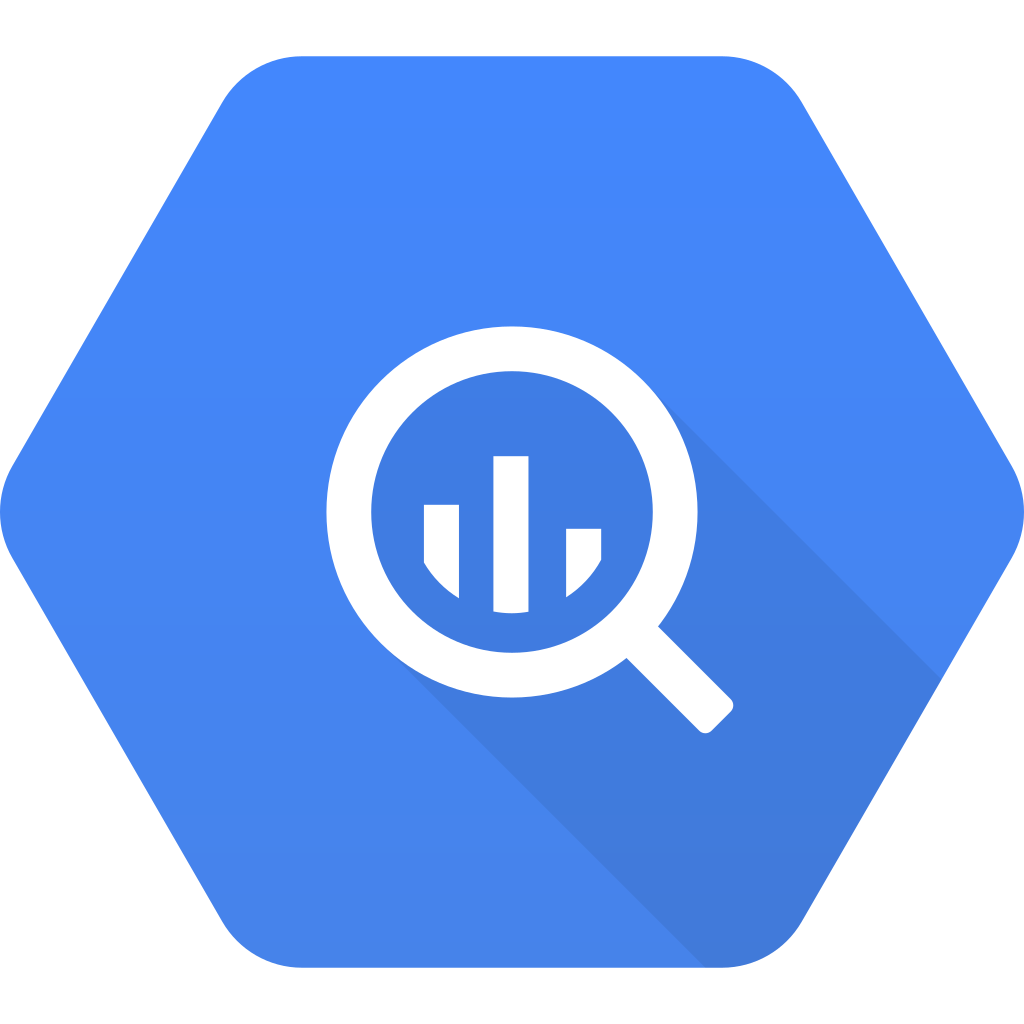
Exploring Google BigQuery: The Pinnacle of Data Warehousing and Analytics
Estimated reading time: 7 minutes
Key Takeaways
- Google BigQuery is a fully managed, serverless, and highly scalable data warehouse.
- Its pay-as-you-go model helps businesses manage costs effectively.
- Advanced features include Machine Learning integration and a BI Engine for speedy analytics.
- It supports both structured and unstructured data, enabling unparalleled flexibility.
- Security and governance features ensure robust data protection.
Table of Contents
What is Google BigQuery?
In today’s data-driven world, the capability to handle massive datasets efficiently can be a game changer. That is precisely where Google BigQuery comes in. As a fully managed, serverless, and highly scalable data warehouse platform on Google Cloud, BigQuery empowers organizations to derive real-time insights without cumbersome infrastructure management.
Core Features of Google BigQuery
Below are some of the key features that set BigQuery apart as a leader in the data analytics domain:
Serverless Architecture
BigQuery’s serverless model means that you don’t have to worry about provisioning or managing hardware. This leads to unparalleled scalability and flexibility. Learn more here.
High-Speed, Massive-Scale Analytics
BigQuery efficiently handles large-scale data—spanning from terabytes to petabytes—and typically returns query results within seconds. Visit this overview to see how it manages massive loads.
SQL-Based Queries
Whether you’re comfortable with traditional SQL or new to databases, BigQuery’s GoogleSQL syntax streamlines your transition. Read more about writing SQL in BigQuery here.
Real-Time Data Analysis
You can ingest streaming data for real-time analytics, enabling your teams to respond to updates as they happen. Additional details on BigQuery’s real-time capabilities are available here.
Cost-Efficient Payment Model
BigQuery’s pricing structure follows a pay-as-you-go approach for both storage and queries, delivering predictable costs. Dive into the pricing details here.
Data Governance and Security
From granular access controls to encryption at rest and in transit, BigQuery ensures your data is protected. Learn more about governance and security here.
Advanced Capabilities
BigQuery extends beyond basic data warehousing, offering features tailored to modern analytics needs:
Machine Learning Integration
With BigQuery ML, you can build and run machine learning models using familiar SQL syntax. Investigate the ML integration here.
Business Intelligence Engine
Using an in-memory analysis service, BI Engine enables lightning-fast data exploration and dashboard creation. Discover how it works here.
Geospatial and Unstructured Data Support
BigQuery accommodates all data—structured, unstructured, and even geospatial. This makes analyzing a wide array of data types seamless. More info is found here.
Open Data Formats
By supporting popular open data formats like Apache Iceberg, Delta Lake, and Hudi, BigQuery allows seamless connectivity with the broader data ecosystem.
Data Lineage and Cataloging
BigQuery also integrates with Dataplex for unified data governance and cataloging, making it easy to track data origins and transformations. Refer to more details here.
Workflow and Integration
BigQuery supports various data ingestion methods such as direct uploads, streaming APIs, and Google Cloud Storage integration. Visualization tools like Looker Studio can then create interactive dashboards from your data. Explore these integrations here.
Example SQL Commands and Security
Queries in BigQuery often use SQL commands such as SELECT, FROM, and ORDER BY to retrieve and manage data. Additional analytics functions like FIRST_VALUE and LAST_VALUE offer refined data insights. Check out examples here.
Security features include redundant data storage, fault tolerance, and advanced encryption. These safeguards protect data integrity and ensure compliance with industry standards.
Conclusion
Google BigQuery stands at the forefront of data warehousing, offering a serverless architecture, flexible cost options, and an array of features that empower real-time analytics, Machine Learning, and business intelligence. Its ability to handle different data types—from massive structured datasets to geospatial and unstructured formats—makes it a robust choice for companies seeking to turn data into actionable insights.
Whether you are a small startup scaling your analytics or a large enterprise handling billions of rows, BigQuery delivers the performance, simplicity, and security needed to remain competitive. If you are ready to discover how BigQuery can revolutionize your data strategy, dive deeper into the available resources and consider integrating this powerful tool into your analytics framework today.
Frequently Asked Questions
1. What size of data can BigQuery handle?
BigQuery scales seamlessly from gigabytes to petabytes. Its architecture is designed to handle extremely large datasets without sacrificing performance.
2. How does BigQuery pricing work?
The pricing primarily revolves around data storage and query usage, with options for on-demand pricing or a flat-rate model, providing flexibility and cost control.
3. Can I use standard SQL queries?
Absolutely. BigQuery’s dialect, GoogleSQL, is firmly grounded in SQL syntax, making it straightforward for users familiar with relational databases.
Yes. BigQuery employs encryption for data in transit and at rest, alongside granular access controls and auditing tools that ensure comprehensive data governance.
5. Does BigQuery support Machine Learning?
Yes. BigQuery ML allows you to create and execute ML models using SQL queries, eliminating the need to move data to external platforms for analysis.
}